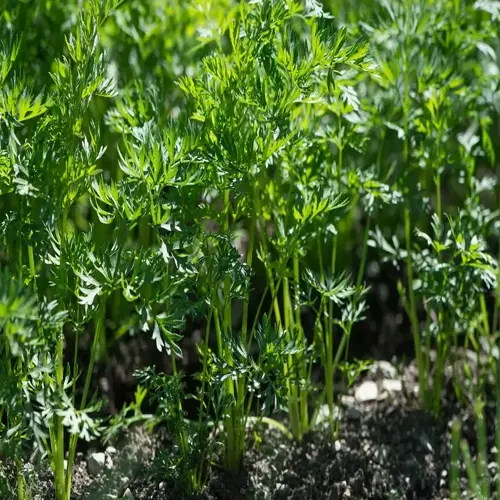Can I plant roses in fall?

Written by
Michael Sullivan
Reviewed by
Prof. Martin Thorne, Ph.D.There are considerable advantages to planting roses in the autumn, rather than in the spring. The cooler temperatures allow the roots to develop with minimal heat stress, while the soil remains warm from the summer. Thus, the roots can grow in optimal conditions before going dormant for winter. My own experiences have shown that autumn-planted roses routinely outperform spring-planted ones.
Planting Technique
- Set graft union 2 inches below soil surface
- Spread roots radially in planting hole
- Backfill with soil-compost mix (3:1 ratio)
Winter Protection
- Apply 6-inch mulch mound over crown after first frost
- Wrap canes with burlap below 20°F (-7°C)
- Install rose cones for extreme cold protection
Moisture Management
- Water deeply until ground freezes
- Use soaker hoses for slow penetration
- Check moisture monthly during winter thaws
Correct planting depth is essential for rose survival. Burying the graft union in soil about 2 inches deep offers winter cold protection. It protects the bud union from winter kill, which can be deadly. This depth has worked best for me with hybrid teas, floribundas, and shrub roses.
Drainage requirements may not be compromised. Roses will rot in wet, waterlogged soil. I create raised planting beds by mixing 30% horticultural grit into native soil. Drainage can be tested by filling some holes (or each of the planting holes as you dig) with water before planting. All of the water should have drained within 2 hours.
Winter protection differs depending upon climate severity. In zones 6-7, mulch mounds are sufficient. Below zone 5, I use burlap wraps and rose cones to protect. In spring, let everything breathe gradually as temperatures consistently rise above 40°F (4°C).
Root development continues until the onset of freeze-up. Roses planted in the fall will develop 40% more roots compared to their spring counterparts by summer. This root development lays the foundation for a more robust flowering. My experience shows that the bushes flower both earlier and more profusely each season.
Completely avoid fall fertilization. Nutrients stimulate tender growth that will ice up. Wait for spring, after new growth begins, to establish. I apply balanced rose food only after the last frost date. The focus during autumn planting is only on establishing root growth.
Read the full article: When to Plant Shrubs: Complete Guide

